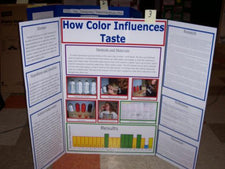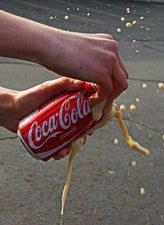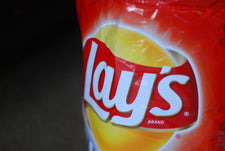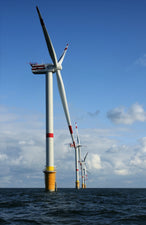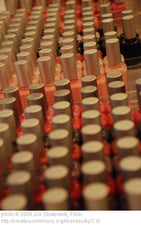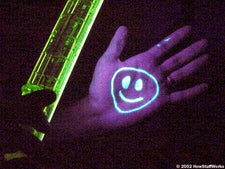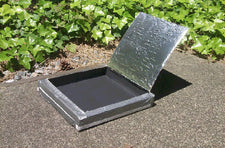Now You See It, Now You Don't!

Peripheral vision is important to many of the daily tasks we undertake - reading a book, driving a car, riding a bike, etc. If you've ever wondered how extensive your peripheral vision is, and if it's range is directly affected by shapes, colors, lighting, and motion, this science fair project designed by Dr. David Whyte of Science Buddiesis sure to get your attention!
Background Information
Before beginning the experiment, Whyte suggests becoming familiar with the following terms and concepts - as well as any relationships among them:
- Peripheral vision v. central vision
- Parts of the eye/vocabulary - retina, cone cells, rod cells, fovea
In addition to these term and concepts, Dr. Whyte provides guided research questions to help you determine important relationships and facts before beginning experimentation.
Project Overview
In this experiment, you will test the range of your peripheral vision - and how it may be affected by shape, lighting, color, and motion - using a vision protractor. Just as protractors are used in math and science to measure angles, a vision protractor is designed to measure how much a person can actually see out of the corner of their eye. Project volunteers will place the protractor to their face, training their eyes on its focal point (straight ahead) as a test object is moved from the outside edge toward the center of their vision. [NOTE: Whyte suggests creating simple shapes (i.e. circles, triangles, squares, rectangles, etc.) from assorted colors of construction paper as test objects, mounting them onto craft sticks for easier testing.]
Each object will be tested three times with the experimenter recording the angle when the volunteer:
- Can see the object.
- Can make out the color of the object.
- Can make out the shape of the object.
For more information on the project, be sure to visit the full post at Science Buddies.

